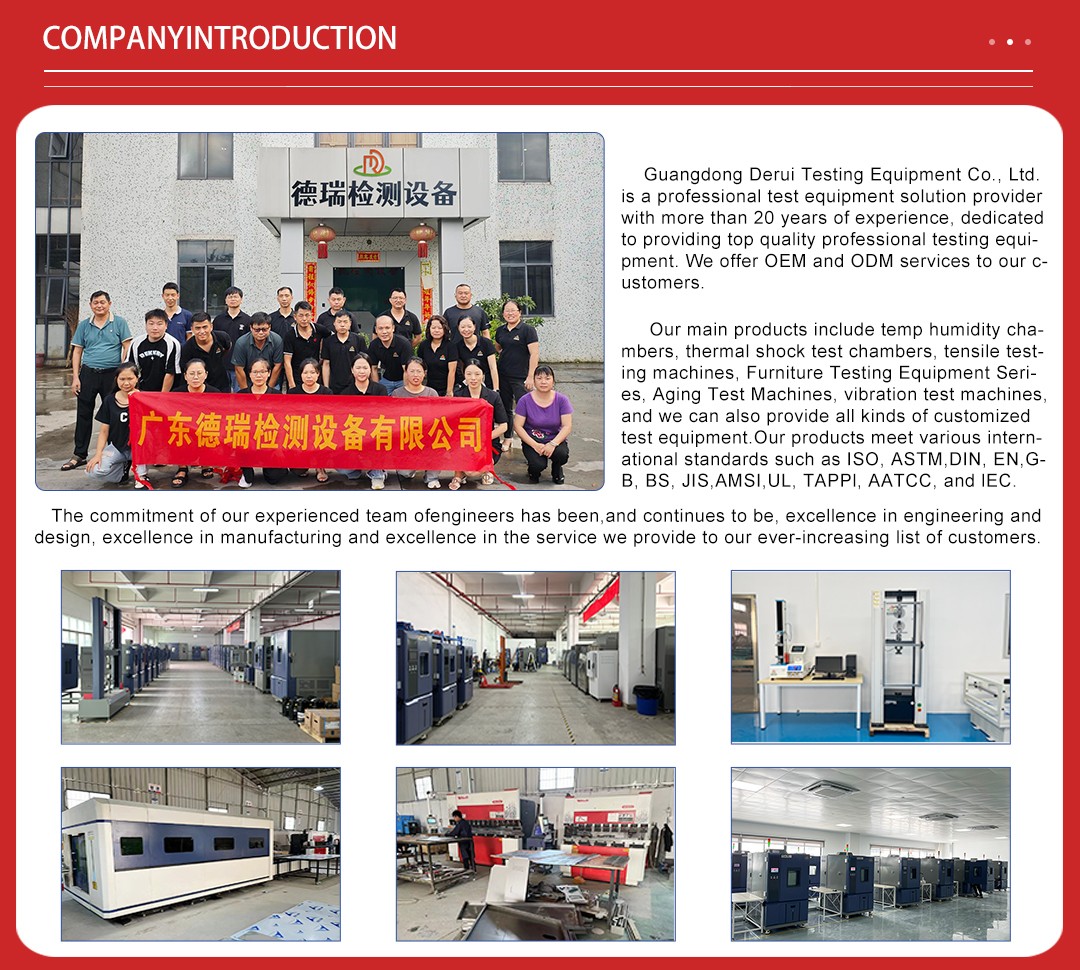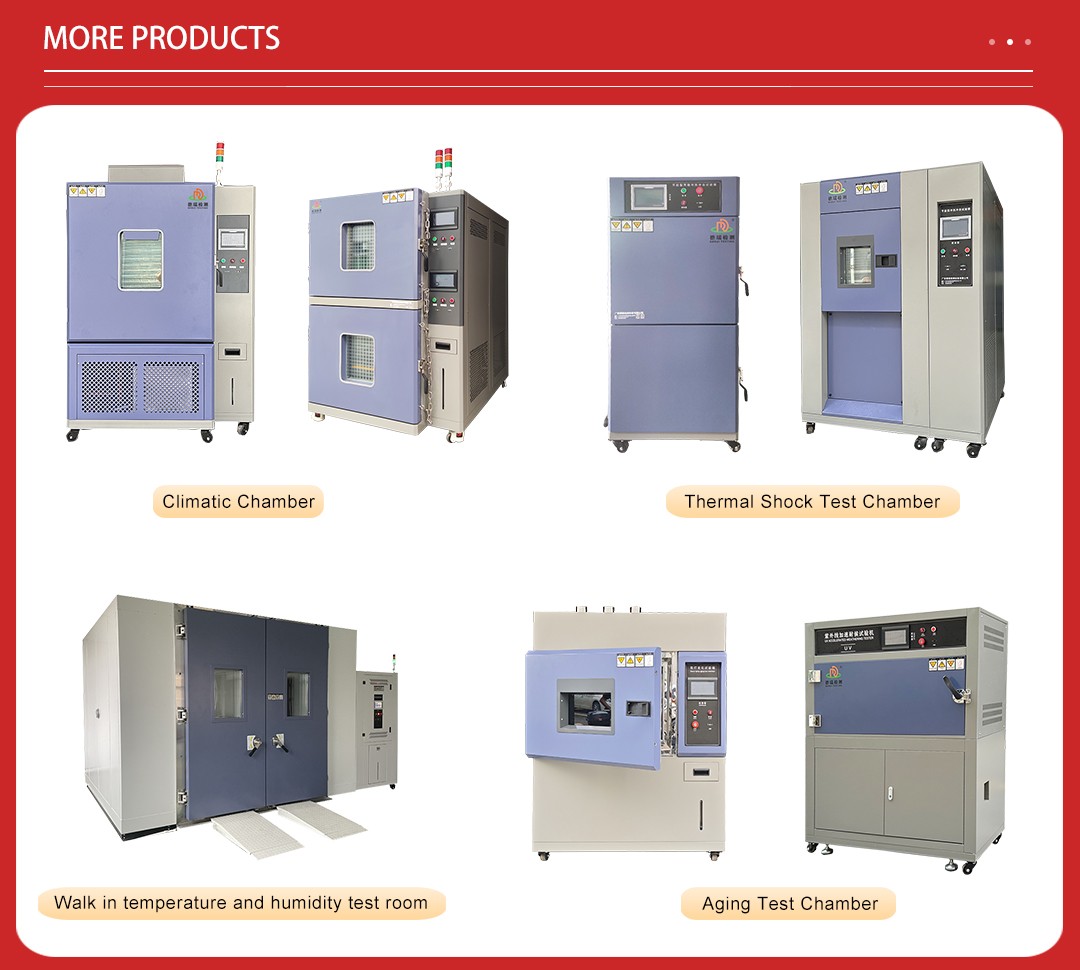
Salt Spray Corrosion Test Chamber is an essential laboratory device used to simulate the corrosive effects of saltwater on materials and coatings. It is widely employed in industries where the perform ...

Salt Spray Corrosion Test Chamber is an essential laboratory device used to simulate the corrosive effects of saltwater on materials and coatings. It is widely employed in industries where the performance of materials under harsh environmental conditions, particularly marine or coastal environments, needs to be evaluated. These chambers provide a controlled and accelerated environment that mimics the natural corrosion process caused by salt, moisture, and temperature fluctuations. The results from salt spray testing help manufacturers assess the durability, performance, and lifespan of their products before they are subjected to real-world conditions.

The salt spray corrosion test chamber operates by atomizing a saline solution into a fine mist and exposing test samples to this corrosive fog. The chamber’s internal environment is carefully controlled to maintain the required temperature (usually between 35°C to 50°C) and humidity levels, creating conditions that accelerate the corrosion process. Typically, the saline solution consists of a standard concentration of sodium chloride (NaCl) dissolved in distilled water, and the mist generated simulates the effects of seawater exposure.
The primary focus of the chamber is to simulate the "neutral salt spray" or "fog" that occurs in coastal or marine environments, where metals and coatings are susceptible to corrosion. The accelerated conditions in the chamber help identify potential weaknesses in materials, coatings, and finishes in a fraction of the time it would take for natural corrosion to occur.

1. Automotive Industry: In the automotive sector, salt spray corrosion testing is crucial for assessing the durability of parts exposed to saltwater, such as vehicle exteriors, underbody components, and engine parts. This test ensures that vehicles can withstand exposure to road salt, moisture, and harsh weather conditions without degradation.
2. Electronics: Manufacturers of electronic components, especially those intended for outdoor or marine environments, use salt spray testing to evaluate the corrosion resistance of connectors, circuit boards, and casings. Salt spray testing helps to ensure the longevity and reliability of these products in environments prone to moisture and salt exposure.
3. Aerospace: For aircraft and aerospace components, salt spray corrosion testing ensures that critical parts, such as aluminum and steel alloys, can withstand the corrosive effects of atmospheric conditions, particularly when flying over saltwater bodies.
4. Coatings and Paints: Salt spray testing is widely used in the coatings and paint industry to evaluate the performance and corrosion resistance of various coatings, including paints, galvanization, and anodizing. It helps determine the durability of protective layers applied to metal surfaces.
5. Construction and Building Materials: Corrosion testing is essential for evaluating the durability of building materials such as steel rebar, which is used in reinforced concrete. Salt spray chambers are used to simulate the corrosive effects of sea air on these materials to ensure the longevity and safety of infrastructure.

1. Precise Control of Environmental Conditions: Salt spray corrosion test chambers are equipped with sophisticated control systems that allow precise management of temperature, humidity, and the concentration of the saline mist. These variables are critical for ensuring the consistency and reliability of test results.
2. Automated Salt Solution Fog Generation: The chamber includes a mechanism that atomizes the salt solution into a fine mist, creating an environment where corrosion is triggered at a much faster rate than in natural conditions. The salt solution is typically maintained at a pH level of around 6.5 to 7.2, which is the optimal range for corrosion simulation.
3. Adjustable Test Racks: The test chamber features racks or holders that can be adjusted to place multiple test specimens at varying angles to ensure uniform exposure to the salt mist. This versatility allows manufacturers to test different product designs or materials at once, optimizing testing efficiency.
4. Data Logging and Monitoring: Advanced models include data logging systems to track test parameters such as temperature, humidity, and exposure time. This feature allows for precise monitoring of the test conditions and ensures consistency for each test cycle.
5. Safety and Maintenance: Modern salt spray corrosion test chambers come with built-in safety features, such as automatic shutdown mechanisms for when conditions go beyond safe limits. They are also designed for easy maintenance, with clear indicators for when the saline solution needs to be refilled or replaced.

Model | HD-H304-90 |
Internal Size (W*D*H) | 900*600*500mm |
External Size (W*D*H) | 1410*850*1200mm |
Equipment Material | P.V.C rigid plastic plate, thickness 8mm |
Sample tray | Diameter 10mm glass fiber rod, anti-rust V-shape plastic steel to make sure sample in 15~30 degree inclined |
Temperature Range | Room temperature ~ 55℃ |
Temperature Fluctuations | ≤±0.5℃ |
Temperature Uniformity | ≤±2℃ |
Temperature Precision | ±1℃ |
Spraying method | Continuous and Periodic spray type |
Test Chamber Temperature | Salt Spray Method (NSS ACSS)35±1℃ |
Saturated air Barrel Temperature | Salt Spray Method (NSS ACSS)47±1℃ |
Brine Temperature | 35℃±1℃ |
Spray Quantity | 1.0~2.0 ml / 80cm2 / hr |
PH value | Salt Spray Method (NSS ACSS6.5~7.2) |
Lab Volume | 270L |
Brine Tank Capacity | 25L |
Multiple Safety Protection Devices | Current discharge protection, over pressure protection, over temperature protection, over load fuse protection |
Accessories | Testing Salt/ Measuring tank/Nozzle Equipment x 1 set |
Air source | 1HP Air pump (provided by buyer) |
Test criteria | ASTM B117-08, ISO 9227... |

